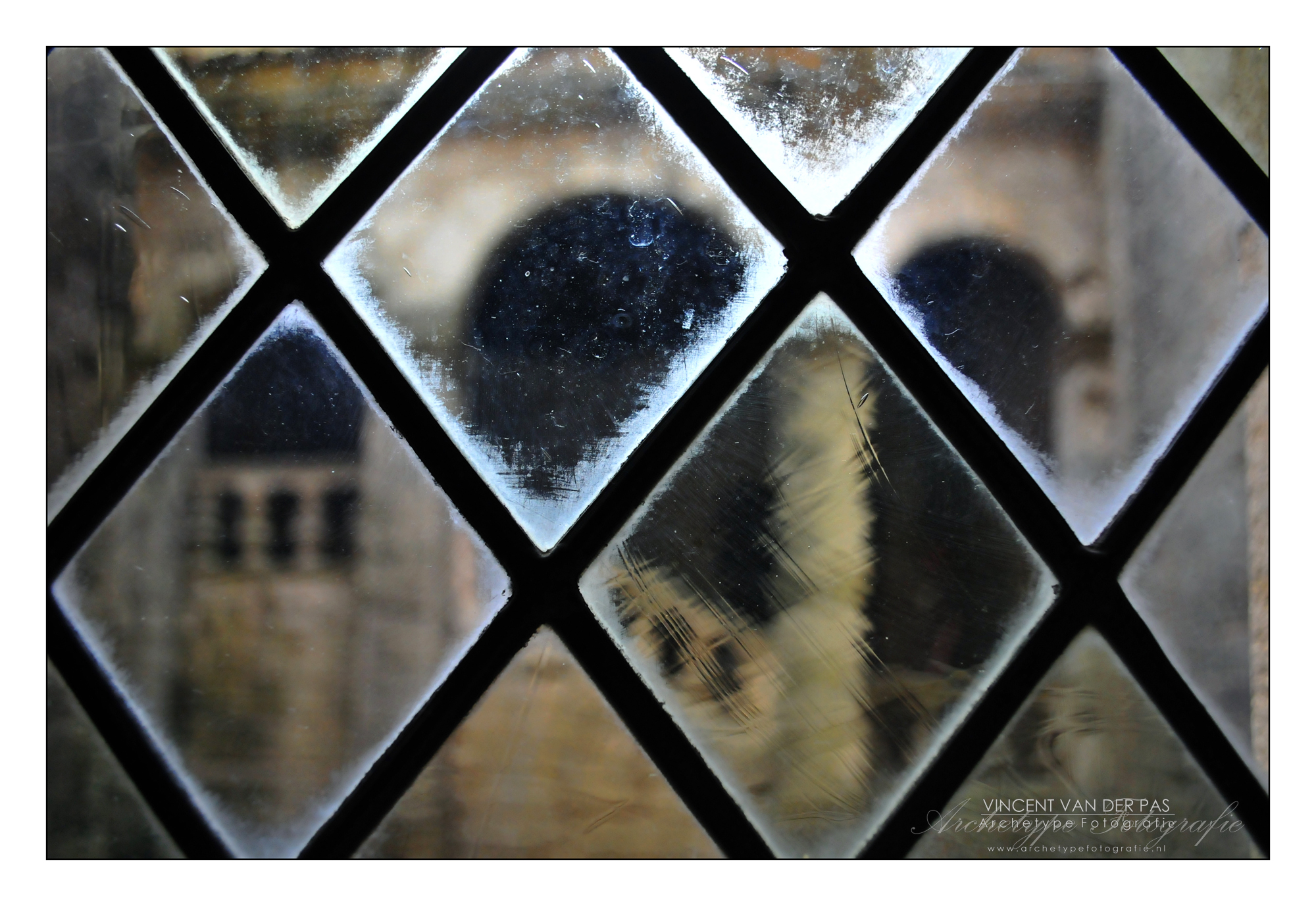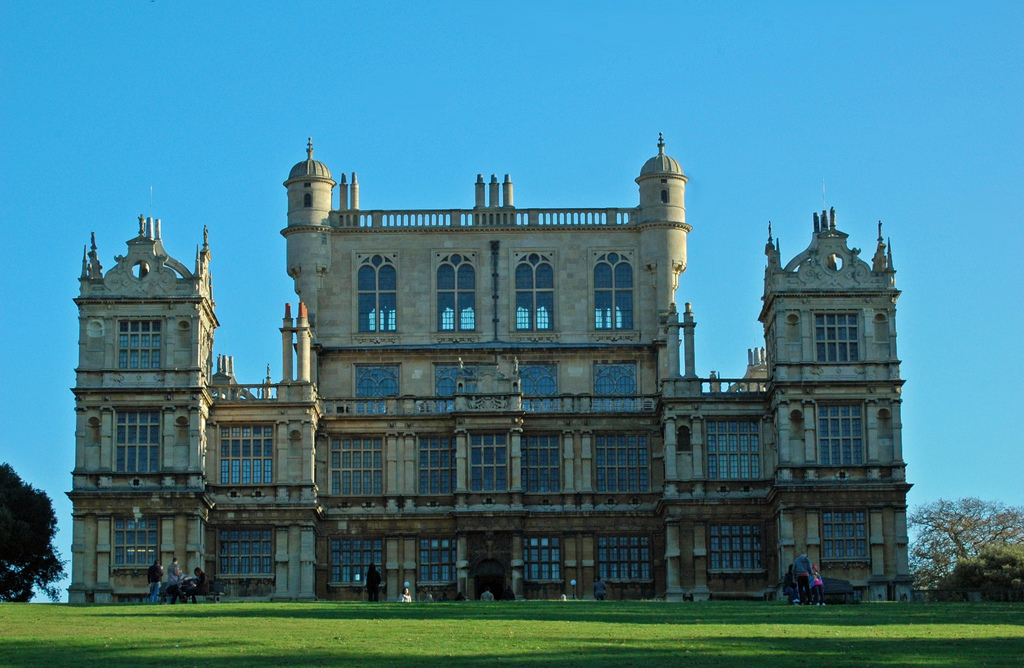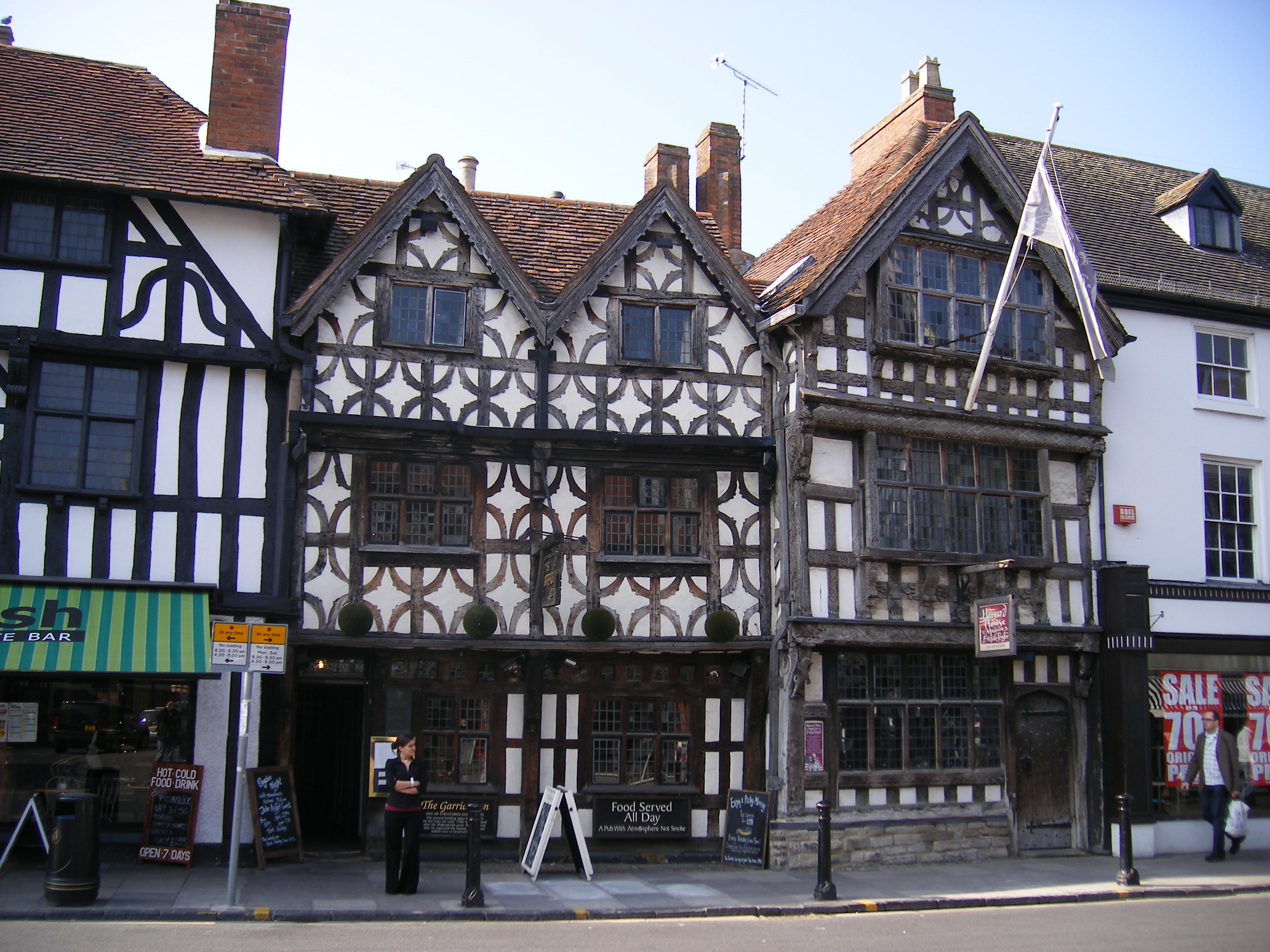The History Of Timber Cladding
Timber cladding is a sturdy, natural siding that is easy to install and quite affordable. Combine these assets with the fact that timber cladding is a good-looking finish to your home or shed, and you have a popular material with a colorful history.
Dark Ages
Believe it or not, timber cladding has been recorded as in use even back in the Dark Ages. In Europe, especially in heavily forested areas, the ready supply of wood for timber cladding made it a natural choice. Planed timber would be used in the huts, and layers of hand-cut shingles and thatch would waterproof the roof. The hardy oak, walnut, and other hardwoods of the forests provided strong joists and beams for any structure, and the timber is still recovered today for use in modern structures.
16th Century
Weatherboarding was developed as far back as the 16th century. Clapboards were cut from the hardwood trees. In fact, the word “clapboard” actually comes from the Dutch word for “splitting”, which is “Klappen”. Pine was also used for timber cladding, making construction fast and easy. In areas where wood was easily available, wood construction was far more popular than brick.
18th Century
In the 18th Century, more and more softwood were used, with the timber shipped in from North America and the Baltic. This timber cladding had been processed industrially, sawn mechanically rather than by hand. This meant that a great deal of cladding was produced, and the mass production of wire nails made building structures much easier and affordable.
The Modern Era
Modernism did make a dent in the demand for timber cladding. The extensive use of concrete and steel, even in the finished surfaces, meant that other areas of industry were developed. However, the difference in demand was more in the area of reduced growth rather than a reduction in existing demand., Regardless of the fashion of the era, timber cladding is just simply more affordable and easier to work with. Concrete, glass, and steel is more expensive.
Timber Cladding Today
Today, timber cladding is still the preferred material for almost all domestic construction, and most public and industrial construction. Concrete-tilt wall construction is used a great deal for commercial buildings, but the interior partitions are often still made of timber. The weight of timber and timber cladding is much easier to manage on construction sites, and it is much easier to install drywall and exterior cladding when the builders can simply nail into the frame, rather than screwing into thinner metal rails.
Timber cladding is attractive and affordable, and can be painted or stained depending on the desires of the homeowner. In addition, it can be produced in various finished patterns and installed in sheets or as individual units, such as with cedar-shakes. From roof to foundation, timber cladding is crucial to the sturdy, resilient structure of most houses today, and will continue to be an important feature.



